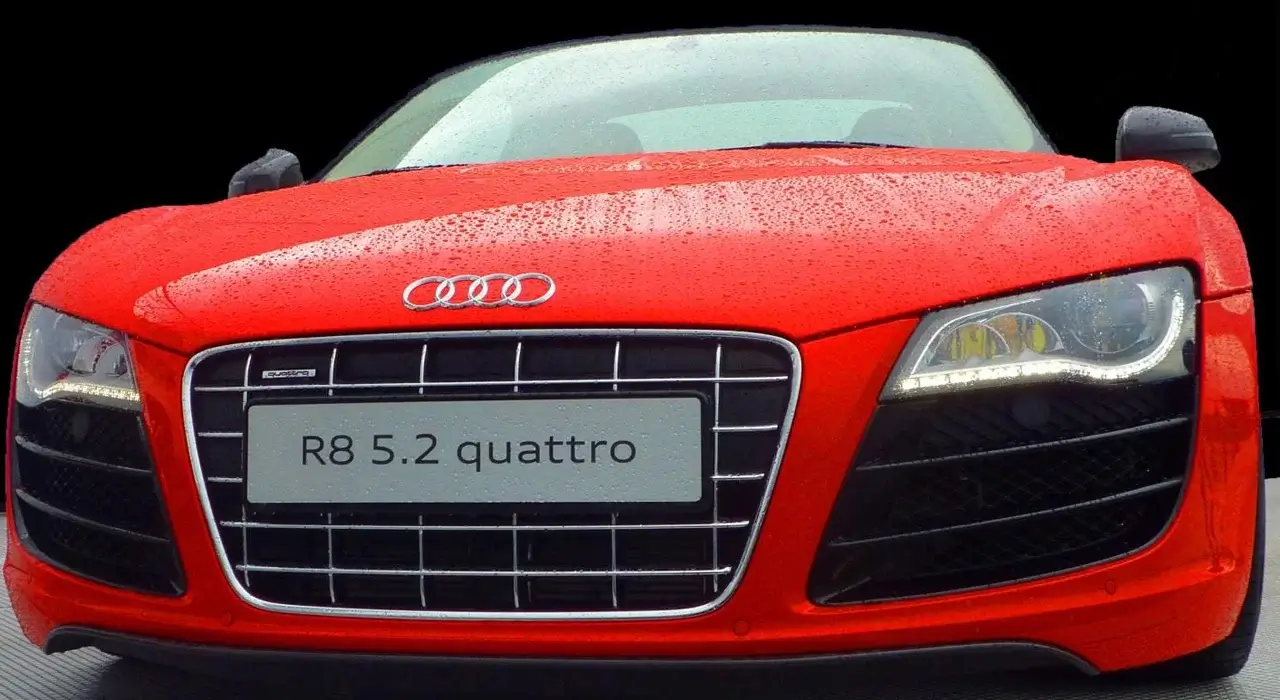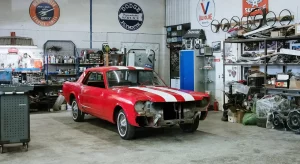Knowing how to wash and clean your car’s exterior and interior is essential if you want to maintain it in pristine shape. Whether you like it or not, washing your automobile is a chore that must be done regularly. Knowing how to do it correctly may simplify the process, provide better results, and even make it less likely to get filthy before the next wash.
Of course, you could take your car for an express wash because it is one of the best ways to take care of your car, but it doesn’t hurt to learn to clean it at home.
Here, we’ll teach you how to reproduce the benefits of a professional auto clean on a budget – all you’ll need is the right equipment and some free time.
1. Start Cleaning From The Top And Work Your Way Down
Start by rinsing the car, including the top, windows, hood, and trunk lid. All that dirt and debris at the car’s bottom? Rinse it off as you work your way down.
Once the loose material has been washed away, scrub the roof using a sudsy mitt. After that, rinse the glass after cleaning it on one side. Continue washing and rinsing top-down in smaller sections to avoid soap drying on the surface. And don’t try it in direct sunlight. Work outside in the shade. Choose a high-quality car wash shampoo to ensure a spotless and gleaming finish while preserving your vehicle’s paintwork.
2. Clear Impurities From The Body Work
You may discover impurities on your vehicle that cannot be removed with soap. A professional car wash is useful since various chemicals are used to clear different pollutants. However, using car wash soap may remove water-soluble contaminants. Others need a petroleum-based cleaning, such as a wax and grease remover. Soap will not remove it you may need a tar remover.
Another chemical is used to remove bug residue. With another, hard water spots. Rail dust (small pieces of steel dust that cling to your paint and create rust-colored stains) and other surface impurities need mechanical cleaning using a clay bar or machine polishing.
After cleaning your car with soap and water and identifying additional impurities, you must apply the proper cleaner to eliminate the contaminants and re-wash those spots.
3. Oil the locks and hinges
The hood latch is one maintenance item many drivers overlook until their hood doesn’t open. Keep the latch clean and lubricated regularly using 3-in-1 oil or other protectants. The trunk latch is the same way. You may lubricate your door hinges by spraying or sprinkling some on and swinging the door open and closed to work it in.
Your hood hinges’ pivot points are not always visible. If you can reach them, a quick spray of white lithium oil now and then will prevent them from seizing up later.
While you’re at it, you should check the lock cylinders on your car. Most automobiles now have remote locks that are activated by a button on the key fob.
If you have a keyhole in your car, odds are you never use it. Insert the key and sometimes spin the lock cylinder so that if you ever need to open the door (say, if your battery dies), the key will still turn. Unfortunately, many drivers discover too late that the lock cylinder has “locked up” due to inactivity and buildup.
4. Apply a coat of wax or sealant
Not only may improper cleaning severely destroy the high-tech clearcoat surface, but improper waxing can also cause damage. That is not to say you should not polish your car; in fact, you should. But keep the following in mind:
- Begin with a clean vehicle. When you apply wax to a car with a dust coating, you will push the dust (ground-up rocks) into the clearcoat, creating minor scratches that dull the paint and wear away the surface.
- Work under a shade or in the garage. Never wax your car in direct sunlight.
- Avoid letting the wax soak into jambs, cracks, moldings, etc. Due to sloppy application, you might add hours to the task if you have to clear out the wax from the crevices.
- Avoid getting the wax on any matte black plastic elements, such as mirrors, moldings, and trim. Wax will discolor matte black components and must be removed with specific cleansers. Sometimes the harm is irreversible. Keep wax away from flat or matte black surfaces!
- Using a clean microfiber cloth, remove with long strokes that flow with the car rather than against or across it. This removes “swirl markings” that make the work seem streaky.
5. Clean your window like a pro
Finally, the glass is the final step on the car care cleaning checklist. When done incorrectly, this is often the number one complaint of consumers. And, as easy as it may seem, completing the task correctly is difficult.
To begin, use a vehicle glass cleaner. Ammonia is often used in household glass cleaning solutions, which may produce streaks and fog. It may also cause problems with glass tinting.
Instead of washing sponges or cotton towels, which may be excessively harsh for car surfaces, use a microfiber towel. Alternatively, newspapers have long been a favorite. Just be cautious not to use ink-soaked paper since this might leave stains.
Save the glass for last since washing other surfaces might splatter materials on it, forcing you to do it all over again. Do it in the garage or in the shade if possible.
To prevent overspray on painted (waxed) surfaces, spray the cleaner over a towel. When washing the door glass, remember to roll it down a little to reach the top edge, which often has a film of scum stuck to it. While you’re at it, get some new wiper blades to clear those freshly cleaned windows.
Now, if any of these tips make you feel like it’s more trouble than it’s worth, or if you’re not comfortable with them and would want to seek assistance from someone with more training and expertise, by all means, seek professional auto maintenance.






